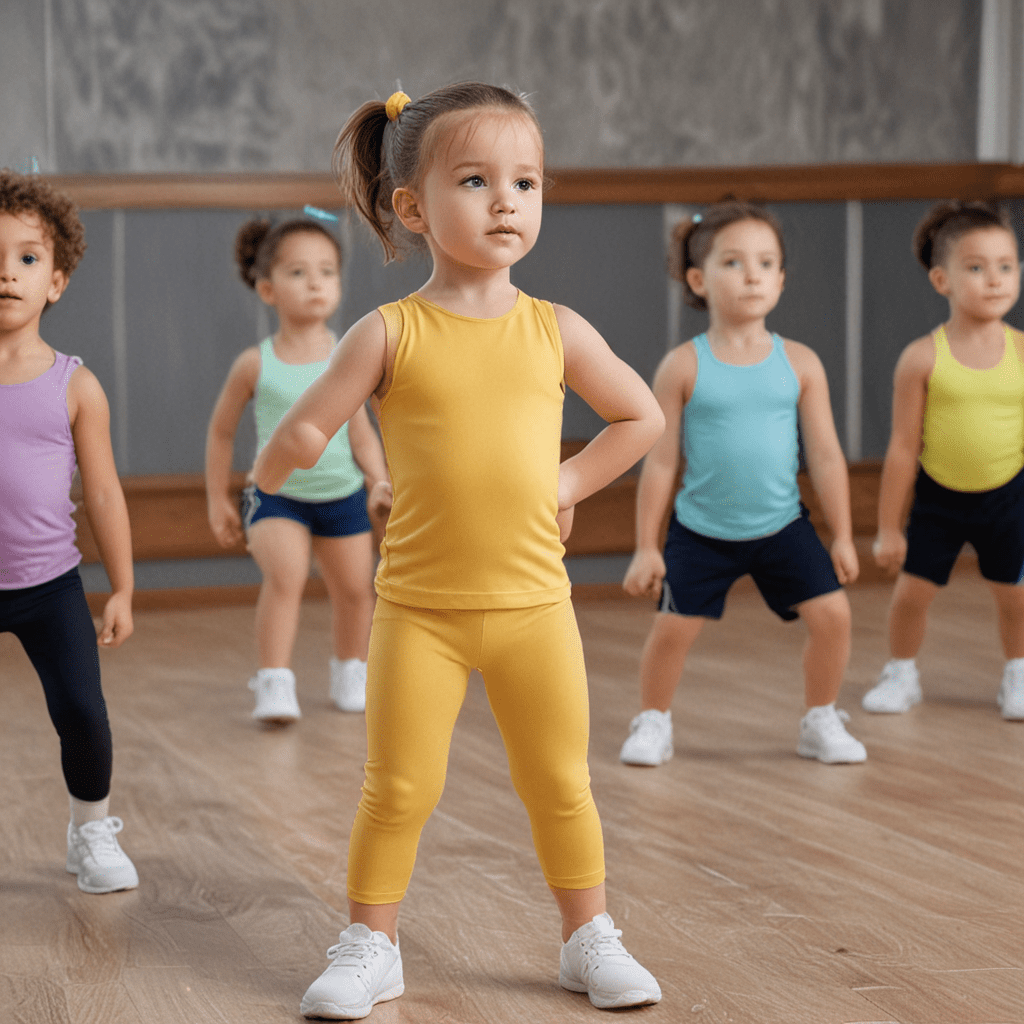
The Role of Breathing Exercises in Children’s Fitness Routines
Introduction
Incorporating breathing exercises into children’s fitness routines is crucial for promoting their overall health and well-being. Breathing exercises, often overlooked, play an integral role in enhancing cardiovascular function, reducing stress, and increasing respiratory capacity, ultimately leading to improved physical performance. This article explores the benefits and types of breathing exercises tailored specifically for children, providing guidance on their implementation and safety considerations.
Benefits of Breathing Exercises for Children
2.1 Improved Cardiovascular Function
Breathing exercises, particularly diaphragmatic breathing, strengthen the diaphragm and intercostal muscles, the primary muscles involved in respiration. By increasing their efficiency, these exercises improve the heart's ability to pump blood, delivering oxygen-rich blood throughout the body more effectively, resulting in enhanced cardiovascular function.
2.2 Reduced Stress and Anxiety
Deep, controlled breathing has calming effects on both the mind and body, activating the parasympathetic nervous system, responsible for promoting relaxation. By slowing down breathing and increasing oxygen intake, breathing exercises help alleviate tension, reduce anxiety, and improve mood, fostering overall well-being and emotional regulation in children.
2.3 Enhanced Respiratory Capacity
Breathing exercises directly target the respiratory muscles, improving their strength and endurance. Regular practice enhances lung function, increasing oxygen uptake and carbon dioxide removal. Consequently, children develop increased respiratory capacity, allowing them to engage in physical activities more efficiently with reduced breathlessness and improved performance.
6. Safety Precautions
While breathing exercises are generally safe for children, certain precautions should be observed. Children with underlying respiratory conditions, such as asthma or cystic fibrosis, should consult a healthcare professional before incorporating breathing exercises into their routines. Additionally, children may experience minor discomfort or lightheadedness during the initial stages of practice. If any discomfort persists or worsens, discontinue the exercise and seek medical advice.
7. Monitoring and Evaluation
Tracking progress and monitoring the effectiveness of breathing exercises is essential. Observe children for any improvements in their breathing patterns, cardiovascular function, stress levels, and respiratory capacity. If there is no noticeable improvement after regular practice, consider adjusting the intensity, duration, or type of breathing exercise.
8. Conclusion
Incorporating breathing exercises into children's fitness routines offers numerous benefits, including improved cardiovascular function, reduced stress and anxiety, and enhanced respiratory capacity. By understanding the different types of breathing exercises suitable for children and considering the appropriate age and developmental level, parents and educators can effectively integrate these exercises into their fitness programs. With regular practice and careful monitoring, children can reap the rewards of improved physical and mental well-being.
9. Recommendations
Introduce breathing exercises gradually, starting with short sessions and increasing the duration and intensity as children progress.
Make breathing exercises fun and engaging by incorporating them into games or activities.
Encourage children to practice breathing exercises regularly, both in their fitness routines and throughout the day.
- Monitor children's progress and adjust the exercises as needed to ensure optimal benefits.
10. Resources for Parents and Educators
FAQs:
Q: Are breathing exercises suitable for all children?
A: Breathing exercises are generally safe for children; however, it is advisable to consult a healthcare professional before introducing these exercises to children with underlying respiratory conditions.
Q: How often should children practice breathing exercises?
A: The frequency of breathing exercises can vary depending on the child's age and developmental level. A good starting point is to practice for 5-10 minutes daily.
Q: Can breathing exercises help children sleep better?
A: Yes, deep breathing exercises can promote relaxation and reduce stress, which may contribute to improved sleep quality.
Q: Are there any specific breathing exercises that are best for children with asthma?
A: While all types of breathing exercises can be beneficial for children with asthma, pursed-lip breathing is particularly effective in managing airway narrowing during asthma attacks.

